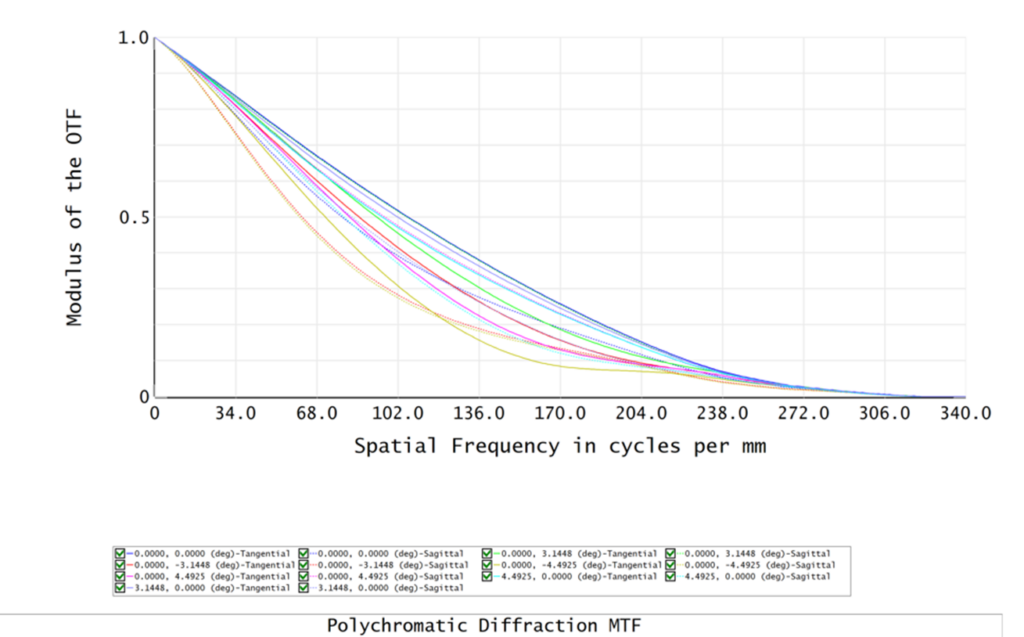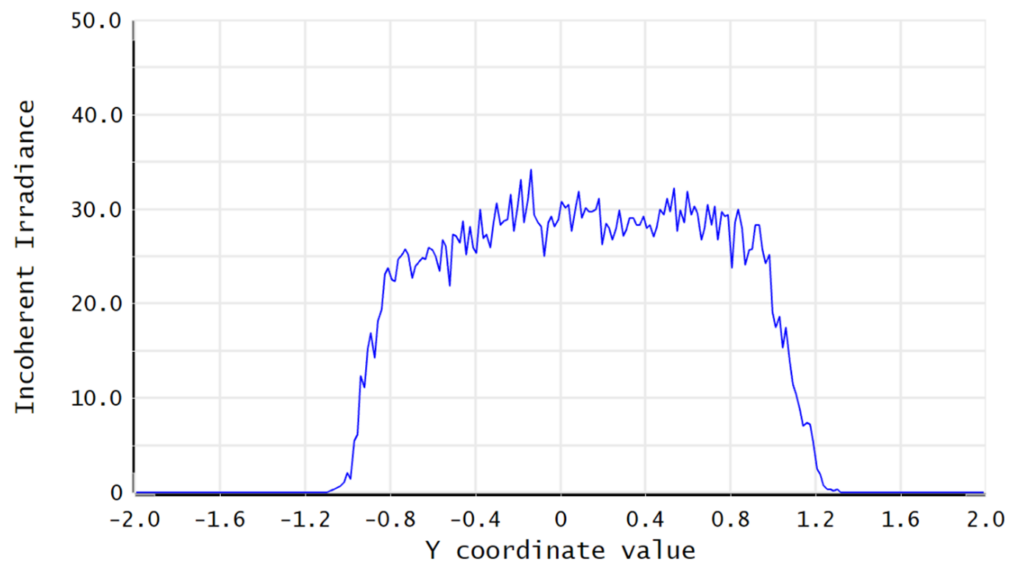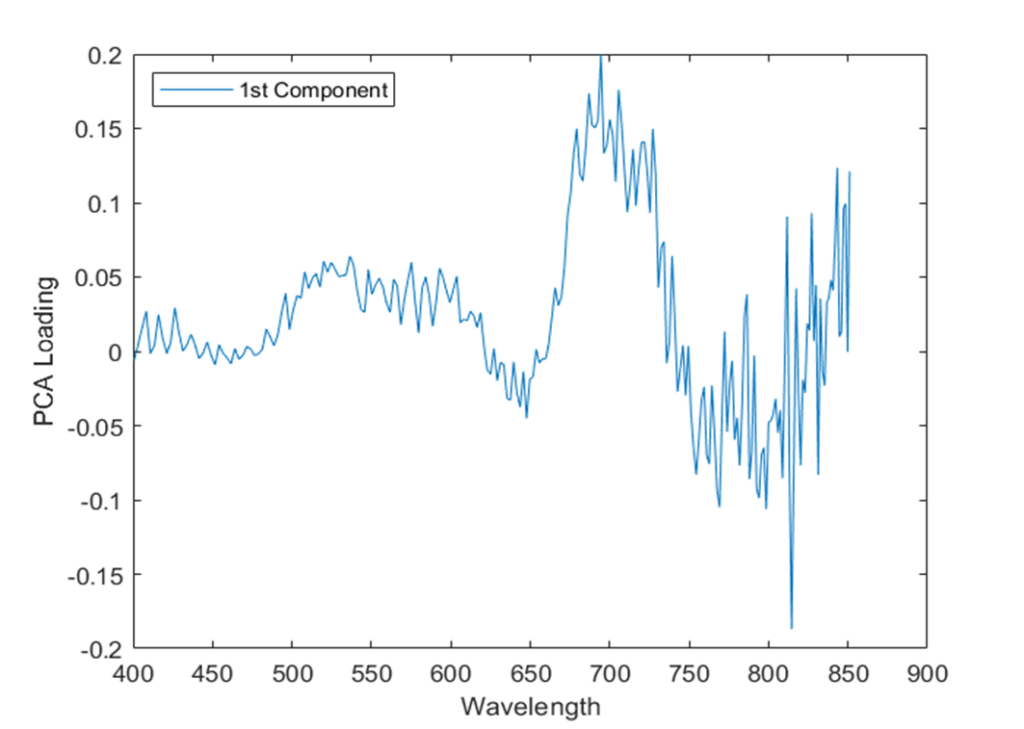Team
- Jason Hahn
- Jacqueline Kaufman
- Zi Yin
Mentor
Professor Greg Schmidt
Abstract
Advanced Growing Resources (AGR), is pioneering targeting systems that send mass pesticide blanketing towards obsolescence. The targeting system that was designed during this project is meant to quickly and precisely determine crop health by analyzing the reflected spectrum from plants at spatial and spectral resolutions far superior than what the human eye is capable of detecting.
This project has developed two products: a lens design system capable of measuring both spatial and spectral data at high resolutions, and a method for creating IMOE’s capable of determining the likelihood a single disease with a quick analog measurement.
Background
Crops often suffer maladies long before the disease is apparent by visible inspection. By the time we can see the disease manifesting, it’s too late to save the crop. As a result, farmers resort to mass pesticide use to irradicate any source of disease. This preventative measure can be ecologically harmful and costly.
Next-Gen Spectre™ Design
AGR’s current Spectre™ system is compact, but only capable of spectral analysis. The next generation Spectre™ design utilizes an Offner-relay, which consists of a set of concentric mirrors that translate an internal image through the system. This basic structure was refined and optimized for the model in Zemax.
The entire lens design system is comprised of reflective components. This allows the design to eliminate chromatic aberrations. The system allows users examine the spectral data from a particular object point.


The spectral sensor compliments the spatial resolution by allowing the user to simultaneously examine the relevant reflected spectrum and the actual image they are surveying. The system only uses a single objective lens, allowing the spatial resolution to precisely describe the corresponding spectral output. This 1:1 mapping is beneficial for the system, both for the user and for post-processing.
The spectral sensor requires imaging onto a small slit with a high NA in order to get full resolution. The chart below shows the illumination uniformity on the spectral sensor.

Radiometric Analysis
A key aspect of the design process was ensuring that the photometric output on the spectral sensor would be large enough to achieve an acceptable SNR. The establishment of a photon budget began with examining the solar irradiance spectrum on Earth’s surface. This information, combined with leaf reflectivity data in the desired wavelength ranges, gives a flux value that can be traced through the system to the sensors. This allowed the spatial resolution of the system to be estimated at 1.1×1.1 mm with an object distance of 1 meter and a HFOV of 5°.


Statistical Regression
IMOE’s are a type of optical filter capable of easily determining the health of plants simply by observing the intensity on the detector. If the plant is sick, they will give off more intense light than the healthy plants. In order to find the transmission as a function of wavelength for the IMOE, we performed principal component analysis on the healthy and sick spectra of the crops.


Results
Size was a key constraint in this hyperspectral system. Numerous fold mirrors were implemented to reduce the form factor, the final dimensions of which were 80x100x210 mm. Uniformity analysis at the spectral sensor is also satisfactory and is indicative of a functional system.
The PCA is less accurate with limited data. For future improvements, data will be taken over the course of the disease in order to get more data about the relevant wavelengths during disease progression.
Conclusion
This project resulted in two complete systems: a hyperspectral imaging system and an IMOE filter design. The hyperspectral system has resolution 1000x superior to products current available on the market. This design is capable of being handheld and fits in a shoebox. We are also cooperating with our contacts in the local Rochester area to manufacture the system.
References:
De Graaf, G. December 2011. Design and Fabrication of Albedo Insensitive Analog Sun Sensor.
Nann, Stefan. April 1991. Solar Spectral Irradiance Under Clear and Cloudy Skies: Measurements and a Semiempirical Model
